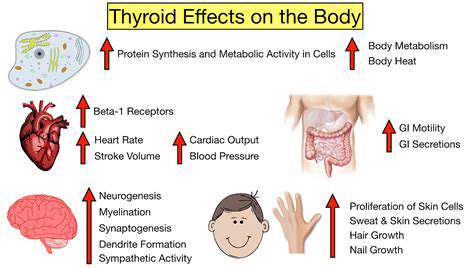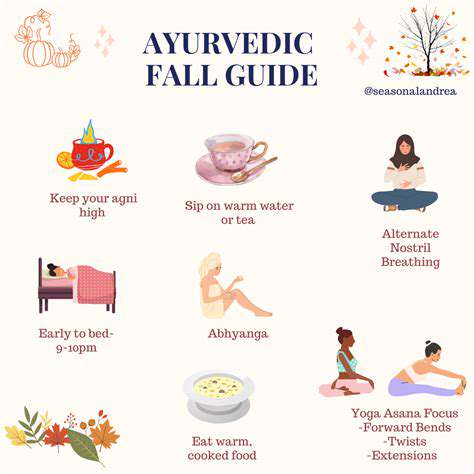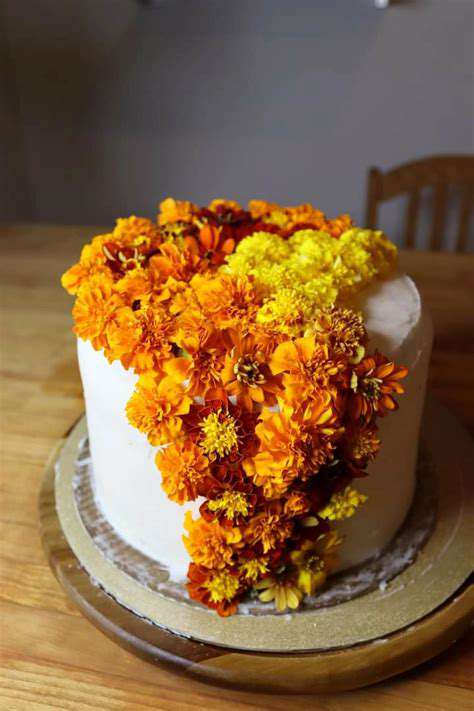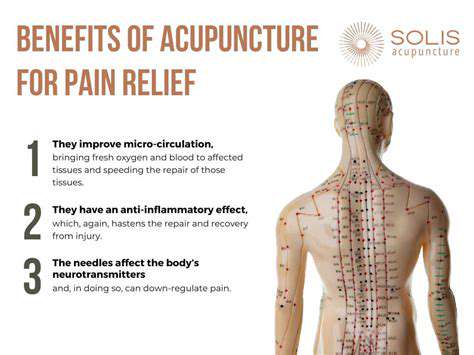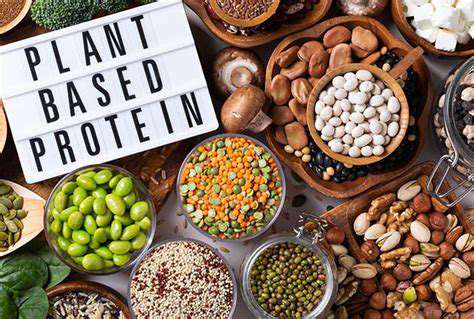TCM for Arthritis Pain Relief: Natural Strategies
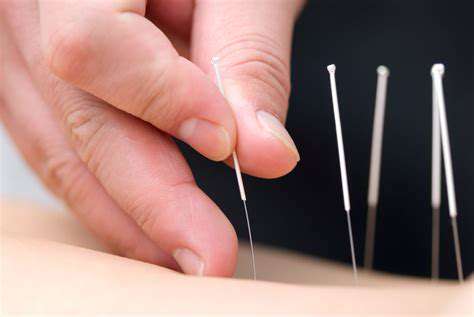
Understanding the Ancient Practice
This 3,000-year-old healing art operates on the principle that strategic needle placement can redirect energy flows. Meridians aren't physical structures but conceptual pathways where Qi circulates. Modern imaging studies suggest these points often correspond to nerve bundles or connective tissue planes, hinting at possible scientific bases for ancient observations.
Originally recorded in the Huangdi Neijing (Yellow Emperor's Classic), acupuncture has evolved through dynastic China to today's integrative clinics. Contemporary practitioners might use fewer needles (typically 5-20 per session) than historical accounts describe, reflecting ongoing refinement of techniques.
The Science Behind the Needles
Research reveals multiple mechanisms for acupuncture's effects. Needle insertion triggers local release of adenosine, a natural painkiller. It also appears to modulate activity in pain-processing brain regions. Fascinatingly, functional MRI scans show acupuncture can normalize connectivity between brain areas involved in pain perception. These findings help explain why some patients experience relief lasting beyond the treatment session.
Recent studies also indicate acupuncture may reduce inflammatory markers like TNF-alpha and IL-6. This could explain its benefits for autoimmune-related arthritis. While more research is needed, these biological effects align with traditional concepts of restoring balance.
Acupuncture for Pain Management
For chronic arthritis pain, acupuncture often shows comparable effectiveness to medications but with fewer side effects. The treatment seems particularly beneficial for osteoarthritis of the knee, with some studies showing improved function lasting months after a course of treatment. Many pain specialists now recommend trying acupuncture before resorting to long-term opioid use.
Interestingly, needle placement might not always need to be near the painful area. Distal points on hands or feet can effectively treat hip or back pain, supporting the meridian theory's claims about whole-body connectivity.
Beyond Pain Relief: Exploring Other Applications
While pain management remains the most evidence-supported use, acupuncture shows promise for numerous conditions. It's increasingly used in fertility clinics to improve IVF success rates. Oncology centers employ it to reduce chemotherapy-induced nausea. Some of the most dramatic results occur with stroke rehabilitation, where acupuncture may enhance neuroplasticity.
Safety and Considerations
When performed by licensed professionals using sterile needles, serious complications are extremely rare. Mild bruising or temporary soreness occurs in about 10% of treatments. Patients with pacemakers should avoid electro-acupuncture, and those on blood thinners may need modified techniques. Pregnant women require special point selection, as some traditional locations may stimulate contractions.
Finding a Qualified Practitioner
In the U.S., look for NCCAOM certification or state licensure where required. Experienced practitioners should willingly discuss their training and approach. Be wary of anyone claiming acupuncture can cure serious diseases outright - while beneficial, it's generally considered complementary rather than curative for most conditions. Many physical therapists and chiropractors now incorporate medical acupuncture with more Westernized approaches.
Herbal Remedies: Nature's Medicine Chest
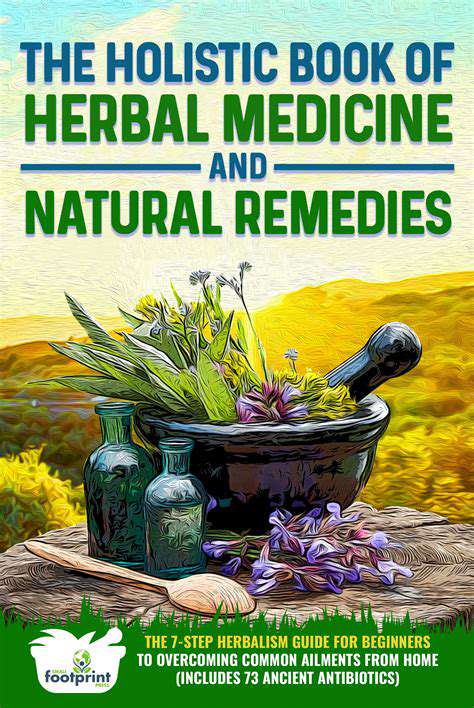
Harnessing the Power of Plants
Civilizations worldwide have developed sophisticated herbal traditions, with China's being among the most systematic. The Shennong Ben Cao Jing (Divine Farmer's Materia Medica) from 200 AD categorizes herbs by energy, taste, and toxicity. Modern analysis confirms many traditional uses - for instance, willow bark containing salicin (aspirin's precursor) was indeed effective for pain and inflammation.
TCM herbs work through complex interactions. For example, arthritis formulas often combine anti-inflammatory herbs with those improving microcirculation to affected joints. Some herbs appear to modulate immune function, potentially addressing autoimmune aspects of certain arthritis types. This multi-target approach differs from Western drugs' single-molecule focus.
Safety and Considerations
Potential herb-drug interactions demand caution. Ginkgo may increase bleeding risk with blood thinners, while St. John's Wort can reduce effectiveness of many medications. Always disclose all herbs and supplements to your physician, as some can interfere with lab tests or surgical outcomes. Quality control varies dramatically between suppliers - look for GMP certification and third-party testing.
Particularly with TCM herbs, proper processing is crucial. Some raw herbs require preparation to reduce toxicity or enhance therapeutic effects. For instance, aconite root must be carefully detoxified before use in pain formulas. This underscores why self-prescribing complex herbal mixtures can be risky.
Choosing and Using Herbal Remedies Effectively
For arthritis, consider starting with simpler preparations like ginger or turmeric teas before complex formulas. Topical applications like capsaicin creams or arnica gels allow localized effects with minimal systemic exposure. Patience is key - herbs often require consistent use for 4-6 weeks before full benefits emerge.
When consulting herbalists, seek those with formal training in clinical herbalism or TCM. They should take detailed health histories and coordinate with your other providers. Some integrative medical centers now employ pharmacists specializing in herb-drug interactions - a valuable resource when combining therapies.
Dietary Therapy: Fueling Your Body for Joint Health
Understanding the Link Between Diet and Joint Health
Emerging research confirms that dietary patterns significantly influence arthritis progression. The standard Western diet high in omega-6 fatty acids and processed foods creates a pro-inflammatory state. Conversely, Mediterranean or traditional Asian diets rich in vegetables, fish, and healthy fats provide anti-inflammatory benefits. Gut microbiome research reveals how diet affects systemic inflammation - certain fibers feed beneficial bacteria that produce joint-protective compounds.
Nightshade vegetables (tomatoes, eggplants) often get blamed for arthritis pain, but evidence is anecdotal. More established triggers include excessive sugar (promoting advanced glycation end-products that damage joints) and alcohol (depleting glutathione, an important antioxidant).
Essential Nutrients for Joint Support
Beyond the usual suspects like vitamin D and calcium, several lesser-known nutrients support joints. MSM (methylsulfonylmethane) provides bioavailable sulfur for connective tissue. Hyaluronic acid, found in bone broth, helps maintain joint lubrication. Anthocyanins in dark berries may protect cartilage from oxidative damage. Even spices like cinnamon and cloves contain potent anti-inflammatory compounds.
Collagen supplementation has gained popularity, with some studies showing reduced joint pain. Vitamin C is crucial here, as it's required for collagen formation. Interestingly, traditional Chinese diets frequently include collagen-rich foods like tendon soups and chicken feet, suggesting ancient wisdom anticipated modern nutritional science.
Dietary Strategies for Arthritis Management
Intermittent fasting shows promise for reducing inflammatory markers in arthritis patients. Even simple changes like finishing dinner earlier can lower nighttime inflammation. The fasting-mimicking diet (periodic very low-calorie intake) may help reset overactive immune responses in autoimmune arthritis.
Traditional Chinese dietary therapy classifies foods by thermal nature and organ affinity. For cold arthritis with stiffness improved by warmth, warming foods like ginger, lamb, and walnuts are recommended. Hot inflamed joints might benefit from cooling foods like cucumber, mung beans, and watermelon.
The Role of TCM in Dietary Therapy
TCM dietary principles extend beyond nutritional content to consider food energetics. Congees (rice porridges) are often prescribed as easily digestible bases for medicinal herbs. Seasonal eating is emphasized - spring greens for detoxification, summer melons for hydration, autumn pears for lung-moistening, winter root vegetables for storing energy.
Many TCM food remedies combine culinary and medicinal ingredients. For example, a common arthritis recipe might simmer black beans with walnuts and goji berries in bone broth. Such combinations address multiple aspects of imbalance simultaneously, reflecting TCM's holistic approach.
